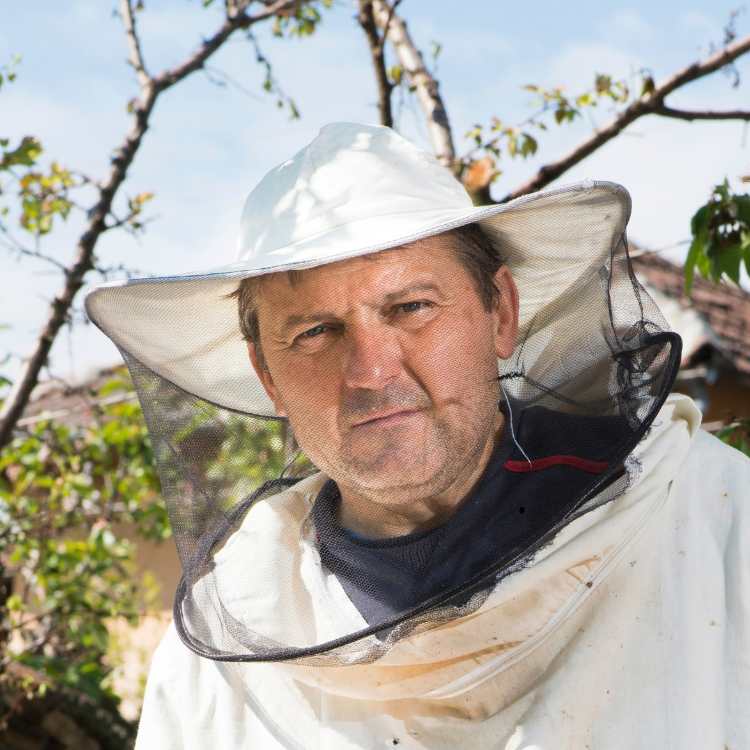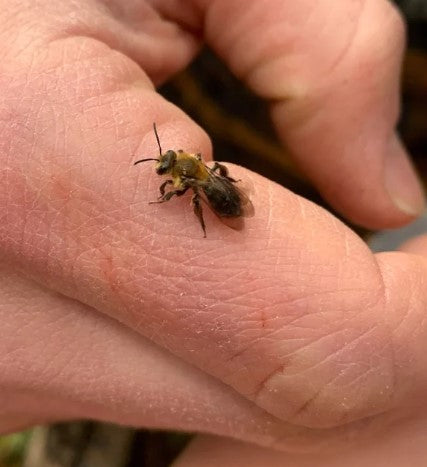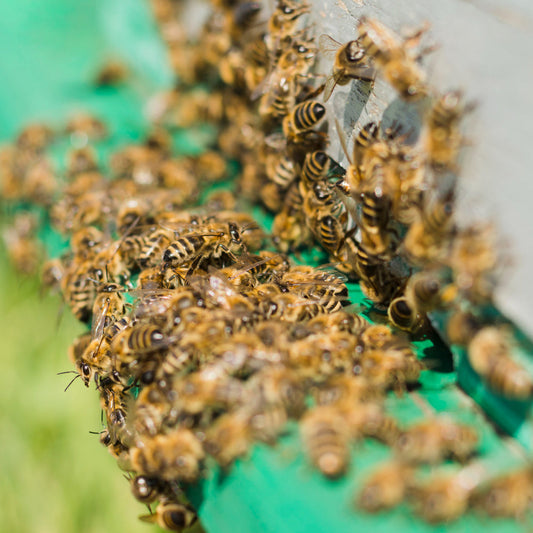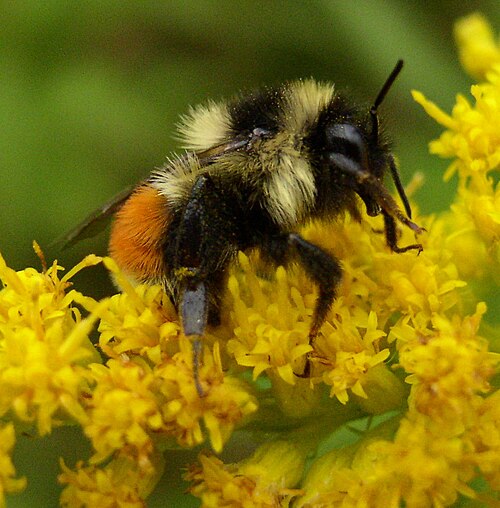The rich tastes, textures, and levels of sweetness in honey change both cooking experiences and health practices. From refined Acacia to strong Manuka, each type has its own special qualities that make them highly valued around the globe. We can look into different extraordinary types of honey and what makes everyone unique.
Understanding Honey Composition
Before we look at different kinds, it is crucial to know why honey tastes sweet. The main parts of honey are fructose and glucose, with the proportions changing based on where the flowers come from. These natural sugars mix with small amounts of elements, enzymes, and organic compounds, which make unique taste profiles and degrees of sweetness.
Types of honey
Acacia Honey
Acacia honey is recognized as one of the sweetest honey. It derives from the nectar of black locust trees, which are also known as Robinia pseudo acacia. This specific type of honey has remarkable clarity; it's almost see-through and has a gentle sweetness that resembles vanilla flavoring. Because it contains lots of fructose, this variety stays liquid for an extended time and takes longer to crystallize compared to other kinds.
Orange Blossom Honey
Honey from the orange blossom, coming from citrus trees, gives a special sweet taste with hidden hints of citrus. This honey is light in color and contains the scented character of orange flowers, it's why it is so loved especially around Mediterranean places. Its harmonized sweetness and faint flower tastes make it just right for use in baking or tea.
Clover Honey
Clover honey is another great option when looking for the sweetest honey. Many believe it has the "classic" taste of honey because of its gentle, mild sweetness. This kind of honey always tastes the same and it's not too sweet which makes it good for all uses; either cooking or eating directly.
Lavender Honey
This type is collected from vast fields of purple lavenders. It gives a special mix of sweetness and floral intricacy. Lavender honey provides an exclusive level of sweet taste that pairs with slight herbal hints, creating a complex flavor appreciated for high-quality cooking.
Manuka Honey
Manuka honey, known globally for the health benefits it provides, comes from New Zealand and is noted for its unique sweet taste. It has a deep dark color that goes hand in hand with its intricate sweetness which holds hints of caramel flavor as well as a faint medicinal hint. The intensity of these traits increases when Manuka honey gets higher ratings on the UMF (Unique Manuka Factor) scale.
Sourwood Honey
Though it is called Sourwood honey, it really is one of the sweetest types you can find. This pale-yellow honey comes from Sourwood trees found in the Appalachian Mountains and has a unique taste that mixes spicy sweetness with small traces of anise for a buttery aftertaste. Its rich and diverse sweet flavor makes it very popular among those who love honey.
Linden Honey
The honey from Linden or Basswood has a light, sweet taste with small hints of woodiness. People like this type very much for its clear sweetness that does not dull the senses and leaves a fresh feeling afterward. There is also a hint of mint flavor mixed with the sweetness which makes it more refreshing when you put it in drinks.
Harvesting Considerations

Harvesting honey from a honeycomb
The taste and excellence of honey greatly rely on the right way of harvesting. These are important aspects to think about:
Timing is Everything
The timing of the harvest is very important for the sweetness of honey. Those who keep bees need to make sure that the honey ripens correctly with a moisture content of less than 18.6% to achieve the best sweet taste and preservation. If one harvests too early, it may cause more water in honey, which will reduce its sweet flavor.
Weather Conditions
Environmental factors significantly impact honey production and sweetness. Ideal harvesting conditions include:
- Warm, dry weather
- Low humidity levels
- Stable temperatures
- Minimal wind
Processing Methods
To preserve the natural sweetness and beneficial properties of honey, careful processing is essential:
- Use minimal heating during extraction
- Filter gently to retain beneficial compounds
- Store properly in airtight containers
- Keep away from direct sunlight
Storage and Preservation
To maintain optimal sweetness levels, proper storage is crucial:

Storing honey the right way
Temperature Control
You should keep honey at normal room temperature (about 70°F/21°C) in a place with no light. Do not put it in the fridge because this makes crystals form faster and could change how it tastes.
Container Selection
You should use containers made of glass or plastic types that are safe for food, and their covers must fit snugly. Honey is known to easily take in moisture and smells from its surroundings, which can affect how sweet it tastes as well as its general quality.
Tasting and Appreciation
Developing a palate for different honey varieties involves understanding their unique characteristics:
Color and Clarity
Usually, honey with light colors tends to have a gentle and mild sweetness. This is different from the darker types that often show strong and complex sweet tastes.
Crystallization
The sweetness quality of honey is not altered by natural crystallization, though it can modify its texture. Certain types, especially those rich in glucose, undergo crystallization more easily compared to others.
Bottom Line
The realm of the sweetest honey types presents an amazing range of sweetness and taste characteristics, everyone narrating its unique tale about the flowers, places, and bees that formed it. If you are a beekeeper seeking to expand your honey-making or just someone who loves honey and studying nature's sweetest gifts, getting to know these different kinds can increase your admiration for this exceptional natural commodity.
To get the sweetest honey, you need to know about the flowers that bees like, when is the best time for harvesting, and how to process it correctly. If beekeepers take care of these things, they can make sure their honey is very good quality. This way people who eat this honey will have both its natural sweetness and health benefits to enjoy.
Interested to know more about honey and bees in general? Follow us here.





